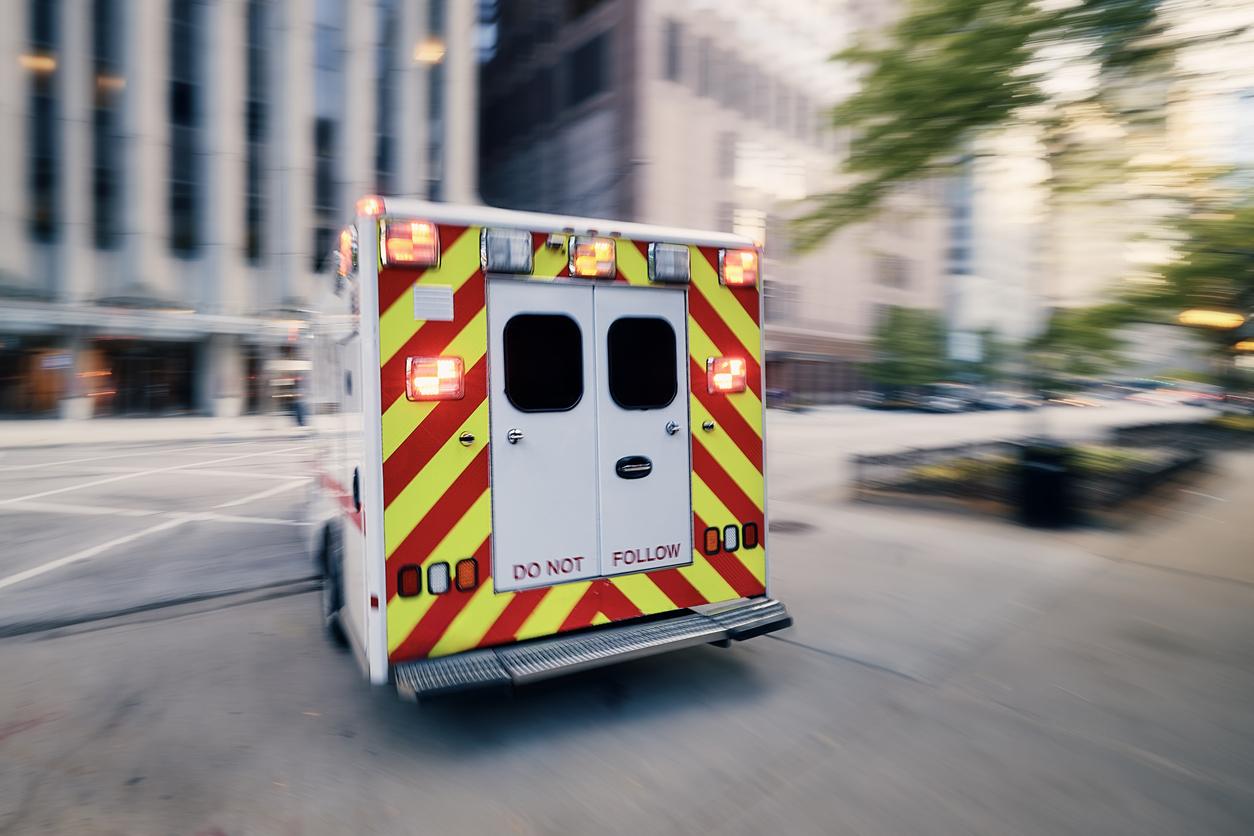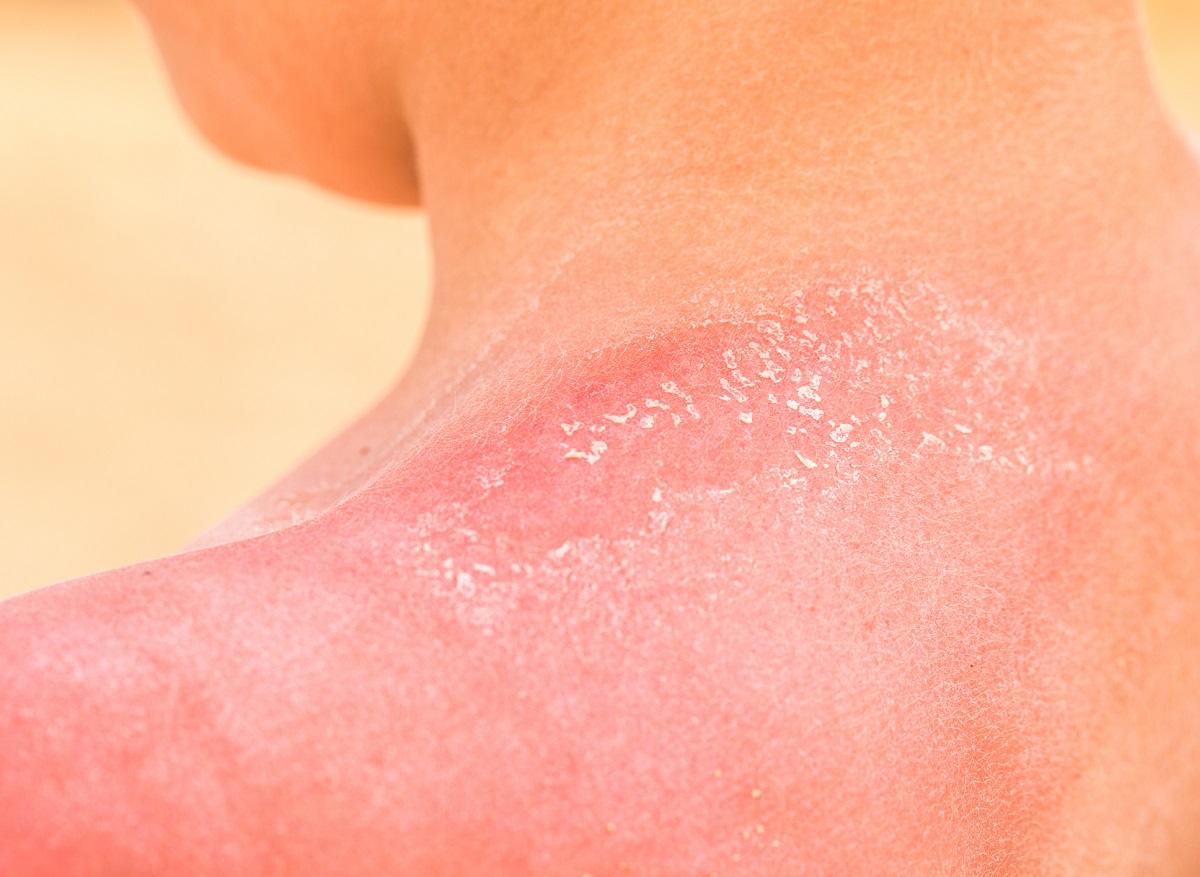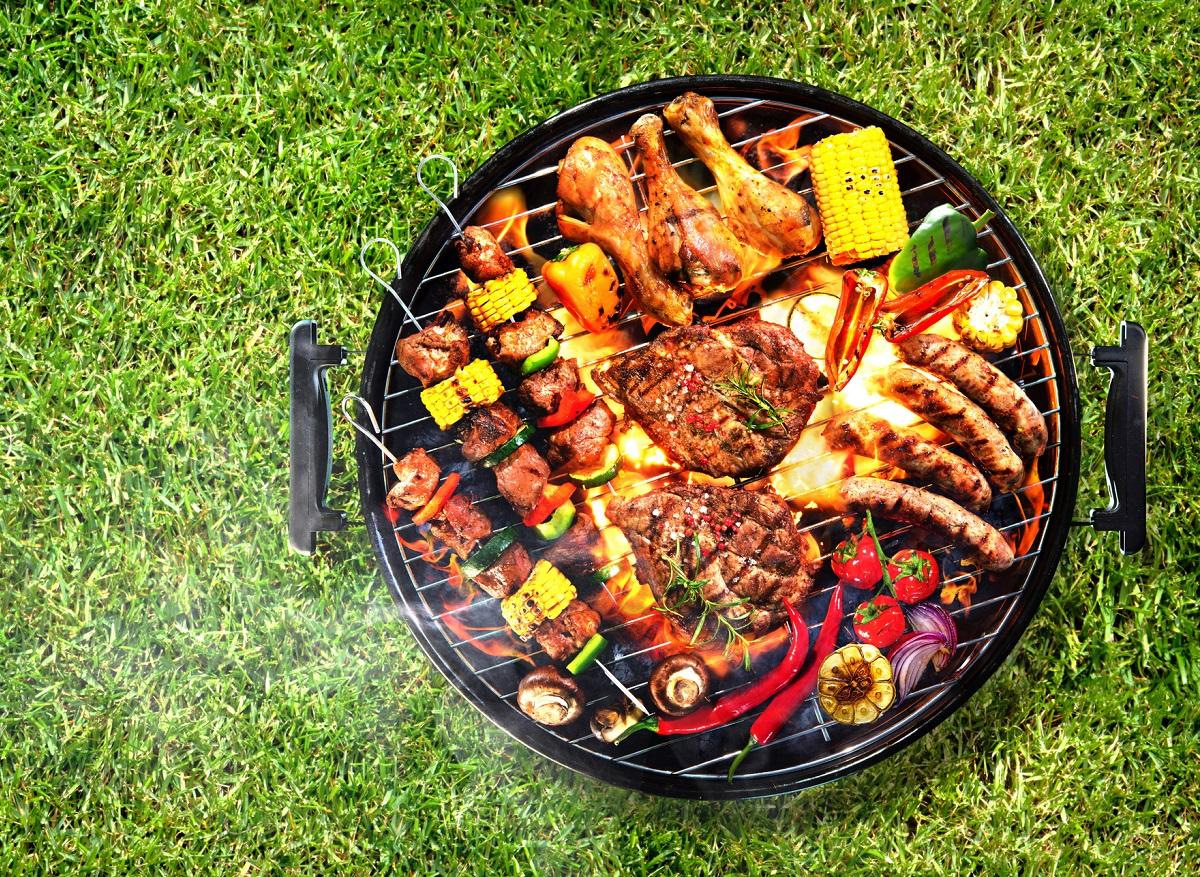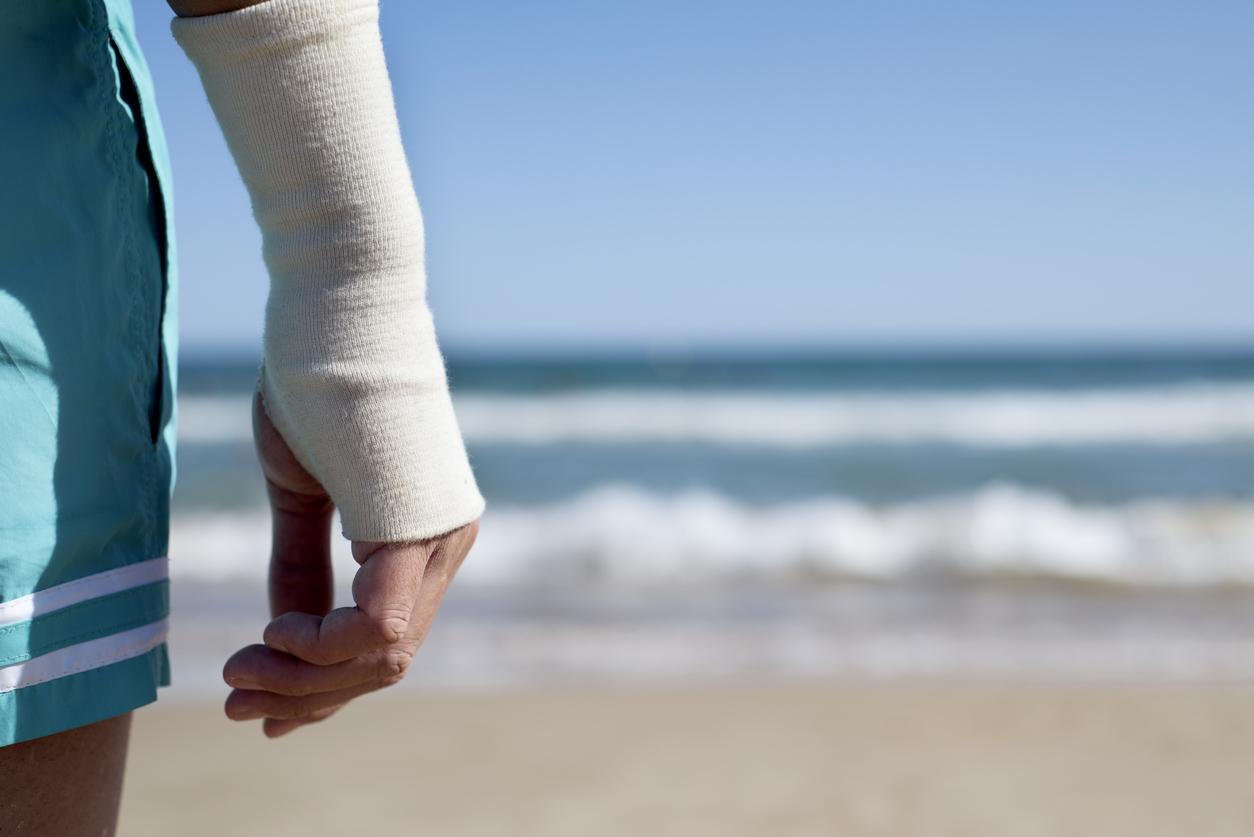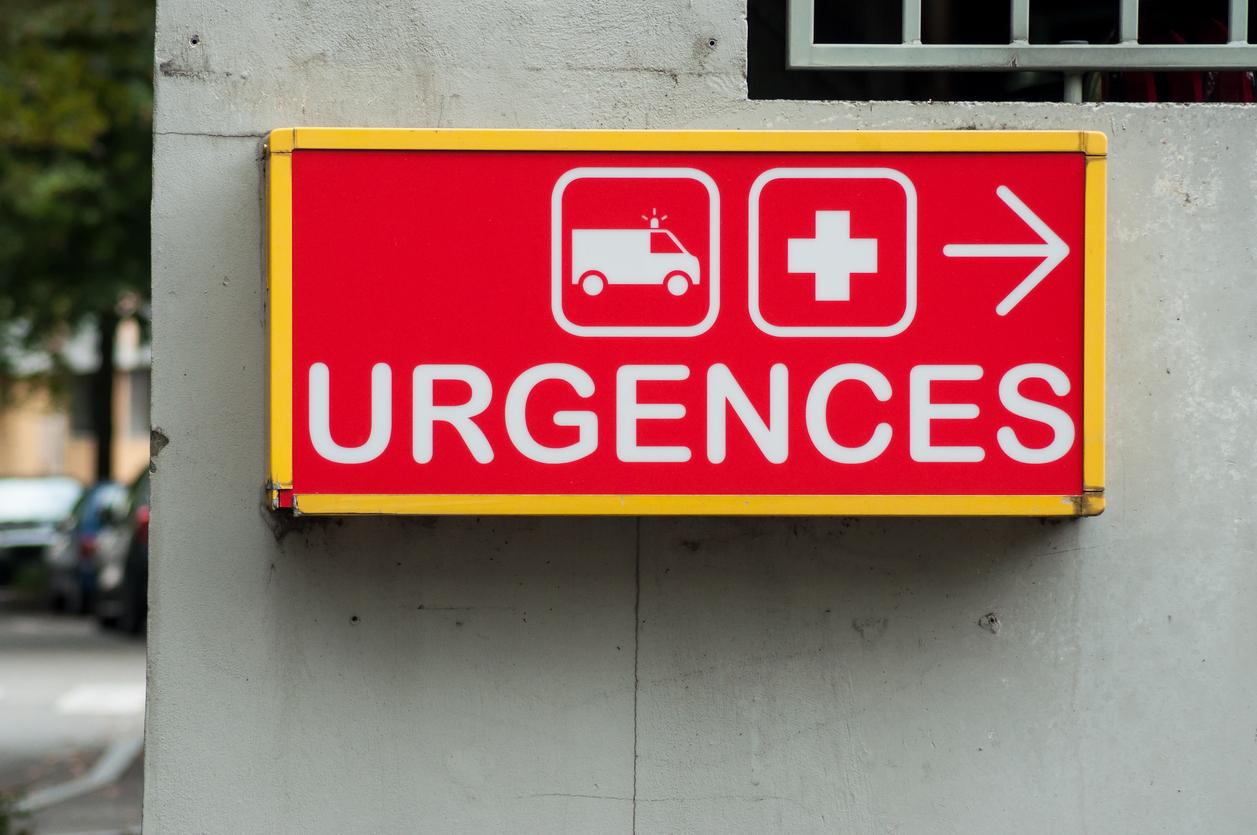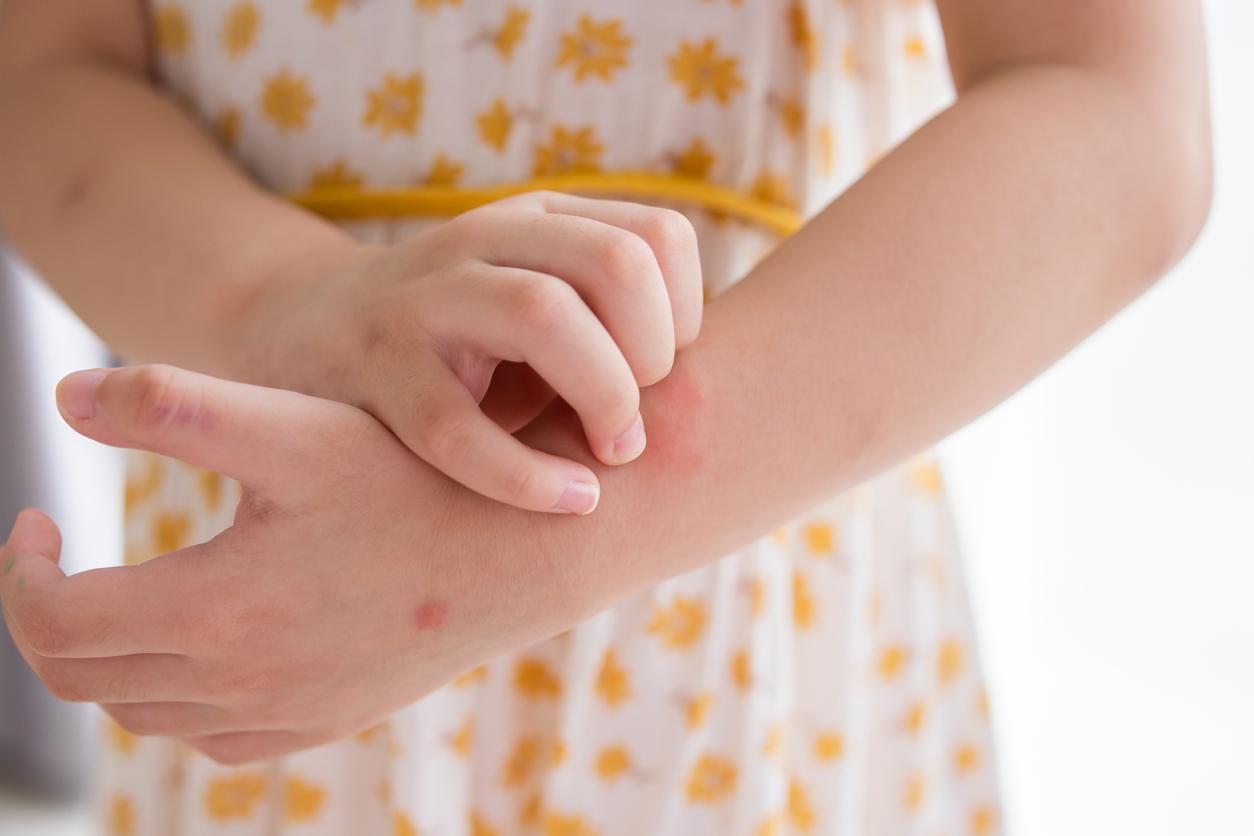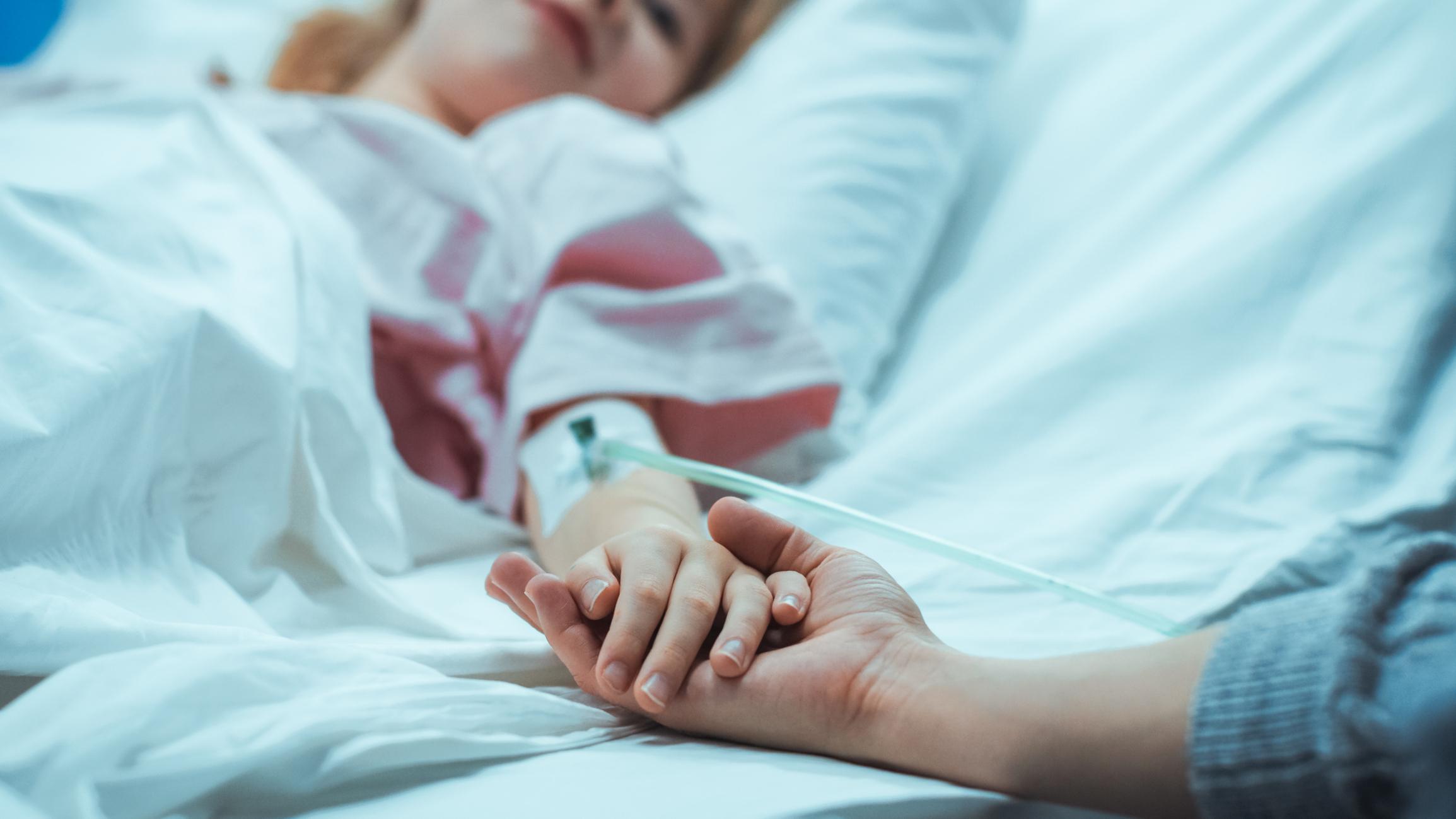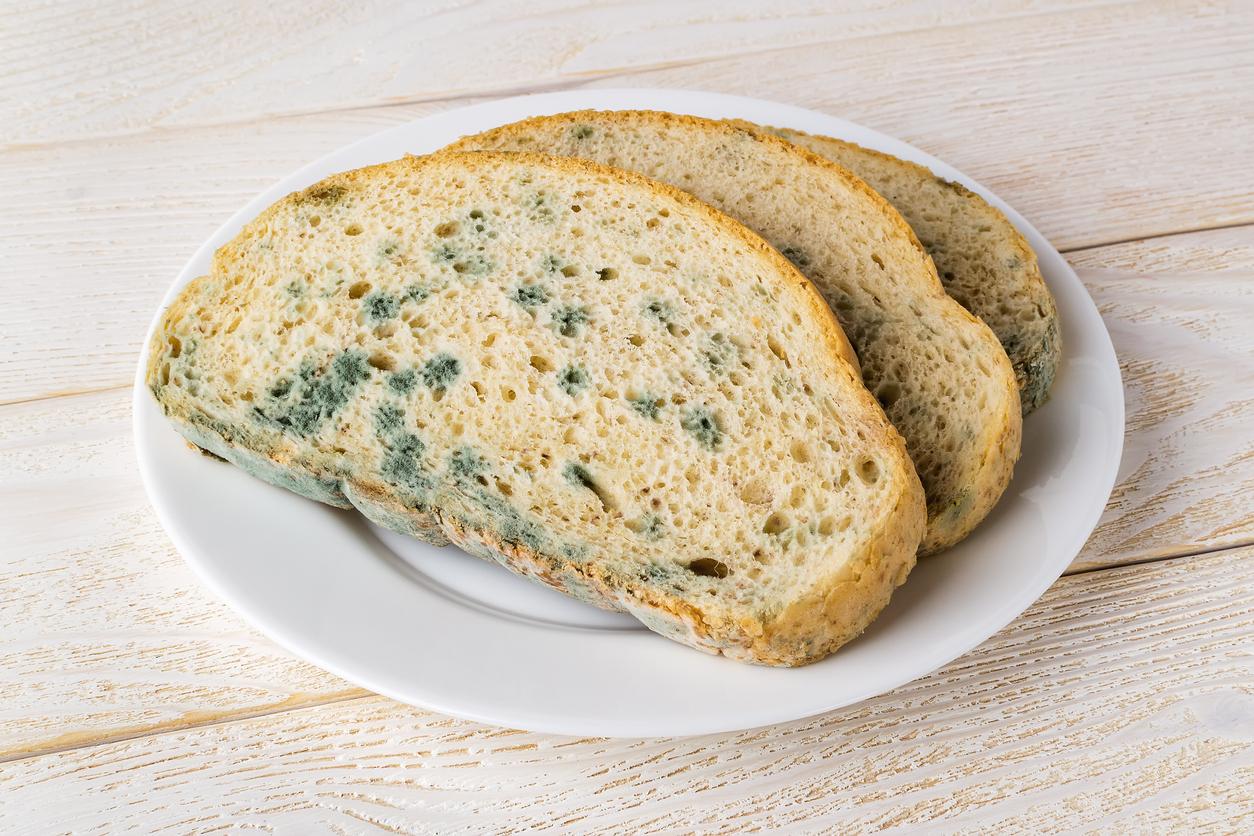The medical story of Marc, a summer barbecue enthusiast, is a powerful lesson in the tragic consequences that can result from a lack of precaution during these convivial outdoor moments.
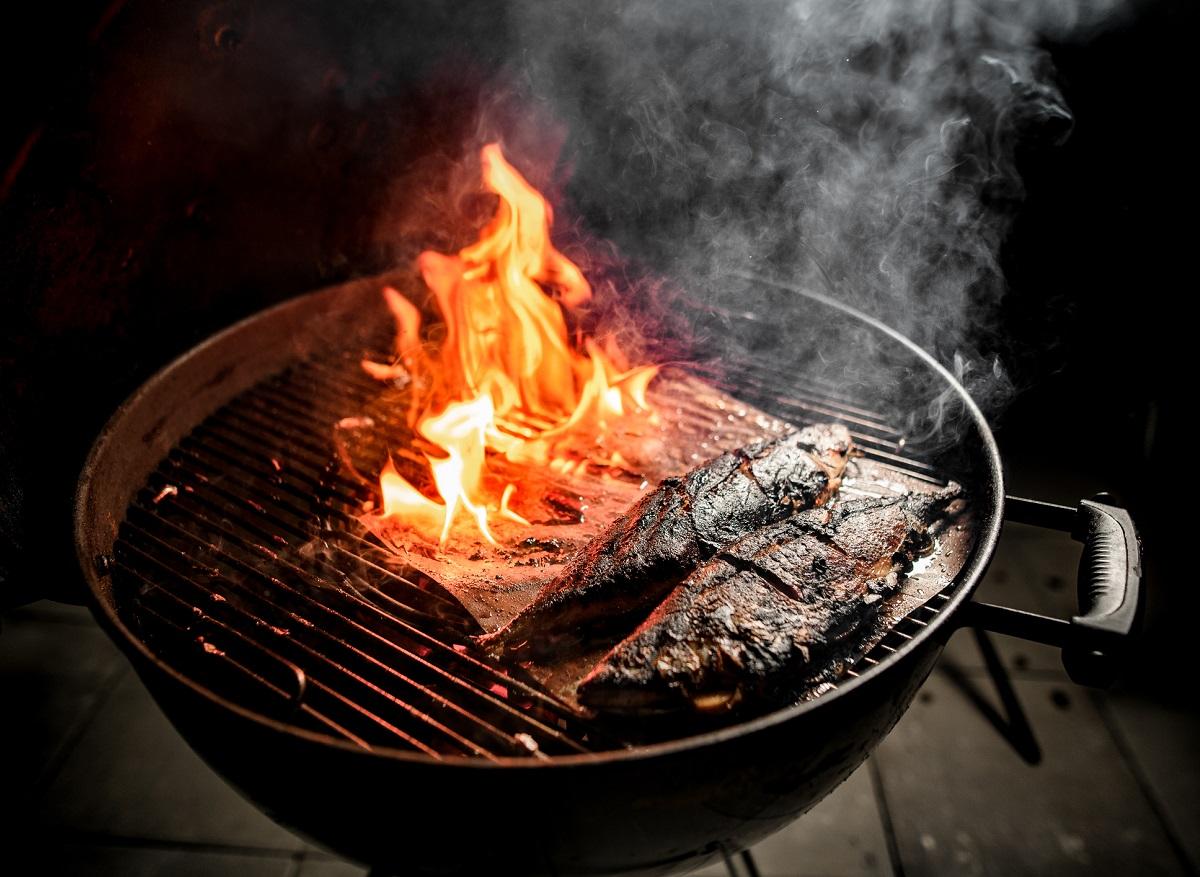
- Marc’s story highlights the serious consequences that can result from a lack of precaution during convivial moments around the barbecue.
- One summer evening, he does not take all the necessary precautions to ensure the safety of cooking and lights the barbecue without worrying about the wind that is blowing lightly.
- A burst of flame escapes from the barbecue, hitting Marc full on. He feels intense pain and immediately realizes the seriousness of the situation: his arms and face are burned…
However, Marc’s story takes a tragic turn when he faces the consequences of a lack of precaution during one of these summer barbecues. Like many barbecue enthusiasts, Marc loved to enjoy the summer heat and cook outdoors. Unfortunately, he often neglected the necessary safety measures during his preparations.
Distracted by the excitement and joy of the event, he regularly forgot to keep a close eye on the fire and the cooking food. This would prove to be a grave mistake with devastating consequences.
This story highlights the serious consequences that can result from not taking precautions during barbecue social gatherings. Summer barbecues, while fun and delicious, can become dangerous if safety rules are not followed. Marc’s negligence and lack of vigilance not only turned his life upside down, but also reminded everyone of the importance of taking adequate precautions to prevent such accidents.
The poignant story of Marc and his ill-fated barbecue
Marc, a sociable man and lover of good food, loves to gather his friends for barbecue evenings in his garden. It is an opportunity for him to show off his culinary skills and enjoy pleasant moments outdoors.
Summer barbecues are a popular tradition, where friends and family gather to share delicious meals and create lasting memories. Marc, with his love of cooking and talent for barbecuing, was always the perfect host for these evenings. He prepared mouthwatering marinades, perfectly cooked grilled meats and a variety of sides to satisfy the palates of his guests.
One summer evening, Marc decides to organize a memorable barbecue for his friends. He is excited to prepare a delicious meal, light the barbecue and spend a friendly evening.
However, this evening will take a dramatic turn.
Enthusiastic but perhaps a little too eager, Marc does not take all the necessary precautions to ensure the safety of the cooking. He lights the barbecue without worrying about the wind that is blowing slightly. Unfortunately, he does not realize that the wind can play a major role in the safety of the fire.
As the flames begin to dance in the barbecue, Marc unwisely decides to pour in some extra fuel to rekindle the fire. Unfortunately, the combination of this action with the presence of wind creates a dangerous and uncontrollable situation.
Suddenly, a burst of flame escapes from the barbecue, hitting Marc head-on. He feels intense pain and immediately realizes the seriousness of the situation. His arms and face are burned, and he panics. His friends, shocked by this accident, try to help him by quickly putting out the fire and calling for help.
Firefighters arrive quickly on the scene and treat Marc professionally and quickly. His burns are assessed, and he is rushed to the hospital for specialized care. Doctors and nurses do everything they can to relieve his pain, clean and treat his burns, and prevent infections.
Marc’s recovery is a long and painful process. His burns require careful and regular care, frequent dressings and a recovery period. Doctors prescribe medications to ease the pain and promote healing, as well as close medical monitoring to avoid complications.
This traumatic incident has left Marc with physical and emotional scars. He faces visible scars and a long road to full recovery. However, the experience has also changed his perspective on barbecues and the safety that surrounds them.
The painful experience has left a deep mark on Marc, but he is determined to turn this tragedy into a lesson for everyone. He wants his story to serve as a warning, reminding everyone of the vital importance of safety at summer barbecues.
The Doctor’s Debrief
What to do for burns ?
When you suffer a burn, it is essential to act quickly to minimize damage and relieve pain. Here are the detailed steps to follow:
Assess the severity of the burn: Burns are generally classified into three degrees, depending on their severity.
A first-degree burn affects only the top layer of the skin (epidermis), while a second-degree burn also affects the middle layer (dermis). Third-degree burns are the most severe, involving all layers of the skin and can even damage underlying tissues. Determining the severity of the burn is important when deciding what to do.
Cool the burn: For first-degree burns and some second-degree burns, you can start by cooling the affected area with cold water for at least 10 to 20 minutes. Do not use ice, as this can cause further tissue damage. Cooling relieves pain, reduces inflammation, and prevents the burn from spreading deeper.
Remove contaminated objects: If the burn is caused by hot clothing, remove it gently, being careful not to tear the burned skin attached to it. However, if the clothing adheres to the skin, do not remove it and wait for medical help to arrive.
Protect the burn: Once the burn has cooled, you can protect it by covering it with a clean, dry cloth, such as a sterile gauze pad or lint-free cloth. Avoid using cotton, as its fibers may stick to the burn. This helps prevent infection and keeps the area clean.
Ease the pain : If the pain persists, you can take an over-the-counter painkiller, such as acetaminophen, following the instructions on the package. Avoid aspirin, ibuprofen or any other nonsteroidal anti-inflammatory drugs (NSAIDs), as they may increase the risk of bleeding.
Consult a healthcare professional: It is important to consult a healthcare professional, especially in cases of extensive second-degree burns, third-degree burns, or burns affecting the face, hands, feet, genitals, or joints. In these cases, it is best to call emergency services or go to the nearest hospital for proper evaluation and treatment.
It is crucial to remember that these steps are general recommendations and that in the event of a serious burn, professional medical advice should be sought immediately.
Beware of burn complications
A burn can become complicated in different ways depending on its severity and other factors. Here are some possible complications:
Infection : Burns create an entry point for bacteria and germs. If the burn is not properly cleaned and protected, an infection can develop. Signs of infection include increased pain, redness, swelling, pus discharge, and fever.
Abnormal healing: Burns can result in abnormal healing, including the formation of hypertrophic scars or keloids. These scars can be thick, rigid, and unsightly, and can sometimes result in loss of mobility or deformity of the burned area.
Contracture: Deep burns can cause skin contracture, which means the skin tightens and becomes tighter as it heals. This can lead to limited mobility of the affected joints and muscles.
Systemic complications: In cases of severe burns, large extensive burns or electrical burns, there is a risk of systemic complications. This can include respiratory problems related to smoke inhalation, cardiac complications, electrolyte imbalances, generalized infections (sepsis) and kidney problems.
Thermal shock : When a burn is cooled too quickly with cold water or ice, it can cause thermal shock. This can cause sudden vasoconstriction, increasing pain and making the burn worse.
It is important to note that complications are more likely to occur with second and third degree burns. If you suspect a complication or are concerned about the severity of your burn, it is essential to consult a healthcare professional for proper examination and treatment.











